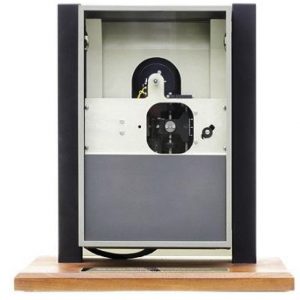History (1971): Floppy Disk Loads Mainframe Data
Replaced punched cards and paper tape.
This is a Press Release edited by StorageNewsletter.com on March 15, 2018 at 2:15 pmThis article comes from the Computer History Museum.
1971: Floppy disk loads mainframe computer data
Small, removable flexible disks replace punched cards and paper tape
IBM 23FD ‘Minnow’ flexible disk drive (prototype ca. 1970)
(Courtesy © Mark Richards)

In 1967, product manager Alan Shugart at IBM, San Jose, CA, assigned David L. Noble to lead the development of an inexpensive system for loading microcode into the controller for the IBM 3330 ‘Merlin’.
IBM shipped the first units of Noble’s solution, the 23 FD Minnow in 1971.
The 8-inch floppy disk drive with removable read-only, flexible ‘memory disks’ offered a storage capacity of 80KB, approximately 3,000 punched cards.
Other key contributors to the project were Warren L. Dalziel, lead inventor of the floppy drive, and Ralph Flores and Herbert Thompson who designed a special cleaning jacket that protected the 8-inch disk from damage.
IBM adapted its punched card data entry machines so data could be loaded onto disks instead of paper. Larger capacity 500KB Double Sided Single Density (DSSD) disks were introduced in 1976. A 1.2MB format followed in 1977.
Shugart moved to Memorex and in 1972 the company introduced the Model 650 Flexible Disk File read/write drive and an 8-inch 175KB media disk for general-purpose storage applications.
In 1973 he founded Shugart Associates.
Microcomputer software entrepreneur Gary Kildall at Digital Research, Pacific Grove, CA used an SA800 8-inch floppy drive to develop his Control Program for Microcomputers (CP/M) operating system in 1974. Kildall’s innovative BIOS (Basic Input, Output System) allowed CP/M to operate across a wide range of machines from different manufacturers and stimulated the use of floppy drives by small business and hobbyist computer users.













 Subscribe to our free daily newsletter
Subscribe to our free daily newsletter

